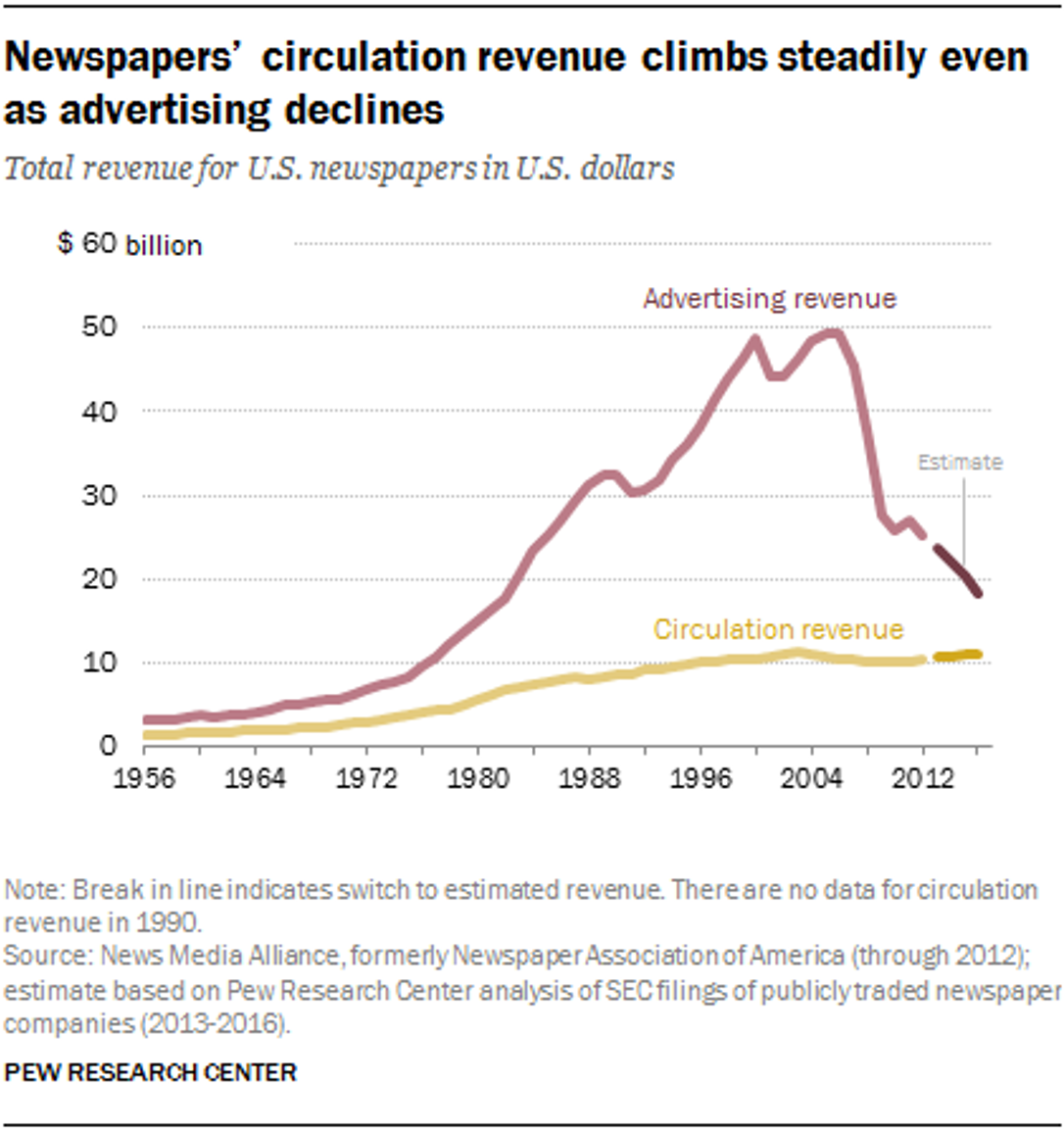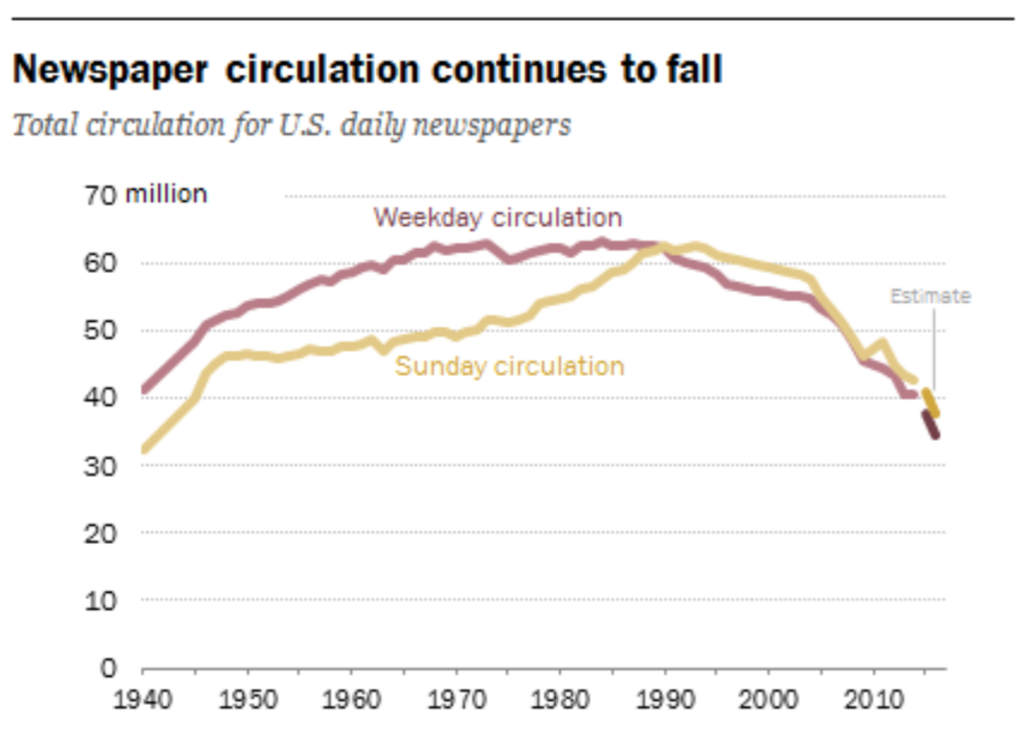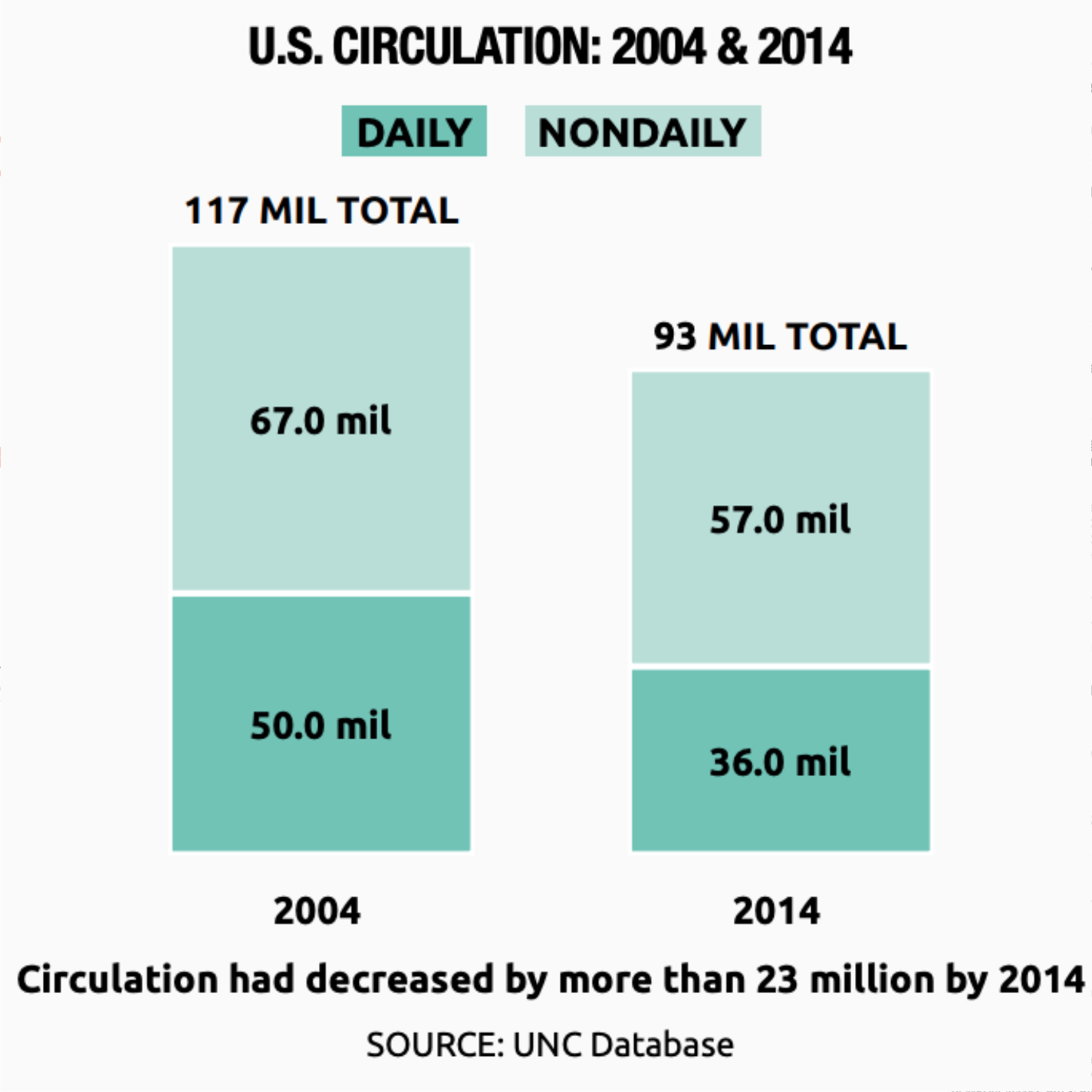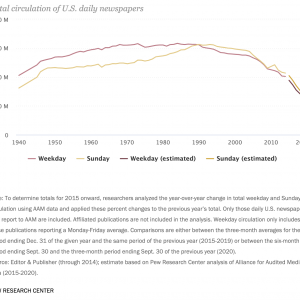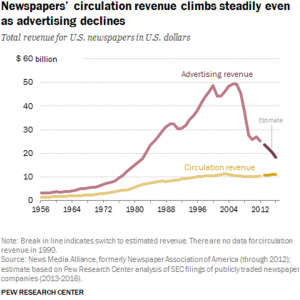This content is restricted.
Donate to Support ReNews Context Journalism
In an era when publisher consolidation, misinformation, polarization, and privacy violation have redefined the flow of information that we receive as “news,” Citizens need the data and tools necessary to truly understand how the news impacts them today and into the future.
Your support of ReNews will help launch and sustain a transformative Citizen experience of American news journalism. Your donation to ReNews will:
- Analyze news journalism across publishers, extract and identify patterns of influence, and present original journalism in each Citizen-reader’s individual context.
- Curate and analyze publicly available data defining every news topic, issue and policy’s relevance to each American Citizen.
- Build a community of engaged Citizen-readers, journalists and academics committed to restoring journalism’s role in democracy.
- Use content and data analytics to surface and report on societal inequities and commission independent journalism to investigate those issues.
- Publish original data journalism covering the lifecycle of policy to development to address inequity and injustice relevant to each Citizen’s profile.
- Help build a sustainable business model reinforcing the role news in American democracy.
Renews Context Services, Inc. is incorporated in California as a not-for-profit organization and is currently partnered with Community Ventures as our non-profit fiscal sponsor. We are applying for 501c3 tax-exempt status from the Internal Revenue Service.
Our Donor Policy
ReNews is committed to providing everyone with access to high quality, deeply researched, data-based journalism regardless of their ability to pay. We do not accept advertisements, and we have no paywalls or subscription fees. We depend exclusively on the support of individuals, foundations and organizations who share our commitment to reporting on and confronting inequality.
We are committed to transparency in every aspect of funding our organization.
To maintain the integrity of our journalism, there is a strict firewall between funders and the newsroom. Our news judgments are made independently – not based on or influenced by donors or any revenue source. We do not give supporters the rights to assign, review or edit content. We do not take commissions or assignments from any funder. Accepting financial support does not mean we endorse donors or their products, services, or opinions.
We accept gifts, grants and sponsorships from individuals, organizations, and foundations to help with our general operations, coverage of specific topics and special projects. As a 501(c)(3) nonprofit that operates as a public trust, we will not pay certain taxes. We may receive funds from standard government programs offered to nonprofits or similar businesses.
As a news nonprofit, we avoid accepting charitable donations from anonymous sources, government entities, political parties, elected officials or candidates seeking public office. We will not accept donations from sources who, deemed by our board of directors, present a conflict of interest with our work or compromise our independence. We will make public all revenue sources and donors who give $5,000 or more per year, and we will list them on this page as well as in our 990s.
Make a Donation to ReNews
[Insert link to Community Ventures’ 3rd party payment platform, including tag indicating the donor is coming from ReNews.us.]ReNews Context Services Privacy Policy (long term)
This content is restricted.
ReNews’ Editorial Independence Policy
This content is restricted.
Opinion: The illusion that maintaining a status quo conserves energy
This content is restricted.
Opinion: DEI efforts must consider reporters’ mental health and online abuse
The 2020 brutal murder of George Floyd by white police officers was an impetus for many newsrooms across the country to re-energize diversity efforts. These reckonings around racial justice and equity promised internal mentorship programs, diverse event programming, more open conversations about systemic racism, additional funding for the recruitment and retention of diverse news workers, and new positions focused on diversity, equity, and inclusion (DEI) within the newsroom.
But in the rearview mirror, 2022 is a picture of slow progress. Many of the DEI promises have not been fully realized. Feedback from journalists is familiar and enduring — some change, not enough. And results fromNorthwestern’s 2021 survey show journalists of color are more likely to have concerns about the DEI efforts in their newsrooms.
In particular, journalists hired into roles that emphasize some kind of diversity and equity struggle to find consistent support.
As reported in an ongoing research project, a diversity and community editor who had been in the job for about a year said, “I’m tired, I’m always tired. This work is the work of change, work of equity change at a legacy organization is daunting, right? There’s no question about it. You know it’s going to take forever. Sometimes it feels like it’s never going to happen.”
Women journalists of color, plagued by slow DEI progress within organizations, also find themselves targets of abuse and harassment online. In a survey of women journalists in the U.S. conducted by the Committee to Protect Journalism in 2019, 90% of respondents cited online abuse as their most significant threat. Just a year later, in an international survey fielded by UNESCO and the International Center for Journalism, 73% of women journalists reported experiencing online violence because of their work. This threat is aggravated for women with multiple identities, with Black, Indigenous, Jewish, Arab, Asian, and LGBTQIA women, in particular, facing the most severe and highest rates of online violence, as well as reporters who write about race.
The consequences are profound for the profession, which is already struggling to recruit and retain diverse talent. A survey conducted by TrollBusters International Women’s Media Foundation found that 40% of women journalists reported changing their behavior as a result of online violence, and nearly a third of respondents considered quitting the profession entirely.
The threat of online violence and the cost of deferred DEI efforts have one thing in common: News workers of color bear the burden, and these costs take a mental and physical toll. Without efforts to promote the well-being and safety of journalists of color, DEI initiatives — particularly those focused on recruitment — can create more harm.
In 2022, and likely in 2023 and beyond, it is clear that, for journalists of color, the field of journalism is hazardous.
A reporter working in DEI said it best: “Racism doesn’t just kill us with a rope around our necks. It kills us little by little. The health disparities, and the trauma, and the mental fatigue, the emotional fatigue. So those are the risks for all of us. All of us in this world who are trying to tell some of these stories. We can’t separate ourselves from them.”
Despite the grim picture, 2023’s DEI goals can support the mental health of BIPOC newsworkers, including tangible measures to address online abuse. Resilience in the face of slow progress must be supported.
Danielle K. Brown is the Cowles Professor of Journalism, Diversity, and Equality at the University of Minnesota, Twin Cities. Kathleen Searles is an associate professor of political communications at Louisiana State University.

